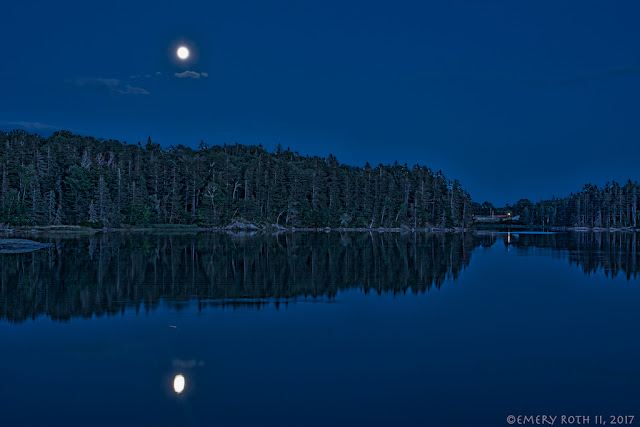Photographs from
“Brazen Grit”
on exhibit:
Warren Public Library, Warren CT
thru October & November
SLIDE-TALK: Saturday, Oct. 14 @ 2 PM
Whiting Mills, Winsted, CT
Oct 14 to Oct. 27
Stratford Library, Stratford, CT
SLIDE-TALK: Sunday, Nov. 5 @ 2 PM
Mattatuck Museum: part of “I Believe in Waterbury” exhibit
thru Dec 3, 2017
Democratic Headquarters, Ansonia, CT
PHOTOGRAPHER’S JOURNAL: (A continuation of August’s travels in Maine) In Southwest Harbor, ME, my GPS told me that my destination, Stonington, was only 17 miles away but that it would take almost 90 minutes to get there. Stonington, Maine, lies on the edge of the ocean along a mountain ridge, one of many carved by glaciers. It became popular to a yacht-owning, sailing elite that began traveling beyond the fringe in the 1870s. Getting anywhere overland then was a long and punishing journey. Even today it takes nearly an hour to get “inland” to the “coast road."
Today the road to Stonington, ME, crosses over two sea passages. First a slender 1939 suspension bridge arches high across Eggemoggen Reach, to Little Deer Island. Then comes a causeway over to Deer Island where Penobscot Bay penetrates to Eggemoggin Reach. It is an island of bays, inlets and coves with a granite core. Beyond Stonington is Isle Au Haut that can be reached by ferry. Between lie countless islands, minor mountain-tops; even today it's a world best traveled by boat, and I’m told it is the center of lobstering. Steinbeck wrote about it; Eliot Porter photographed it.



































